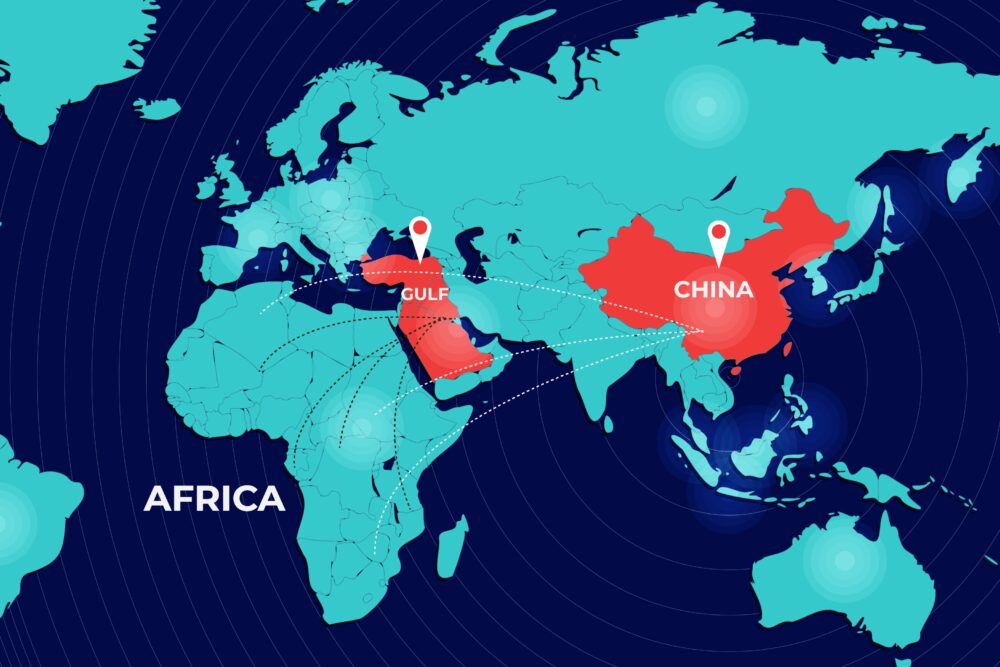China’s financial regulators plan to impose additional capital requirements on the nation’s systemically important banks, seeking to curb risks and safeguard stability of the $49tn industry.
Banks considered too big to fail will be put into five categories and face a surcharge of between 0.25% and 1.5% on top of the mandatory capital adequacy ratios, the People’s Bank of China and the China Banking and Insurance Regulatory Commission said in a draft rule on Friday.
Lenders will also need to make detailed plans on how to recover from a crisis, as well as draft living wills with disposal plans in case they can’t operate as an ongoing entity.
Chinese authorities have started to evaluate systemically important banks this year by measuring assets of the nation’s 30 largest lenders. The firms will also be scored by their interconnectedness with other financial institutions, and the complexity of businesses such as derivatives and wealth management operations.
While the move is aimed at bolstering the financial strength of China’s biggest banks and reduce systemic risks, it may widen the funding gap at some lenders.
Industrial & Commercial Bank of China Ltd, Bank of China Ltd, China Construction Bank Corp and Agricultural Bank of China Ltd are all considered global systemically important banks, or G-SIBs. They need to find as much as 6.5tn yuan ($990bn) by 2024 to meet global capital requirements designed to protect the public and financial system against massive bank failures, S&P Global Ratings estimated last year.
G-SIBs in emerging markets must have liabilities and instruments available to “bail in” the equivalent to at least 16% of risk-weighted assets by January 1, 2025, rising to 18% in 2028, according to the Basel-based Financial Stability Board. Banks in developed markets met the first phase in 2019.
The CBIRC currently requires big state-owned lenders to have a minimum capital adequacy ratio of 11.5%, while smaller rivals need 10.5%.
The draft rules are pending public feedback until May 1.








